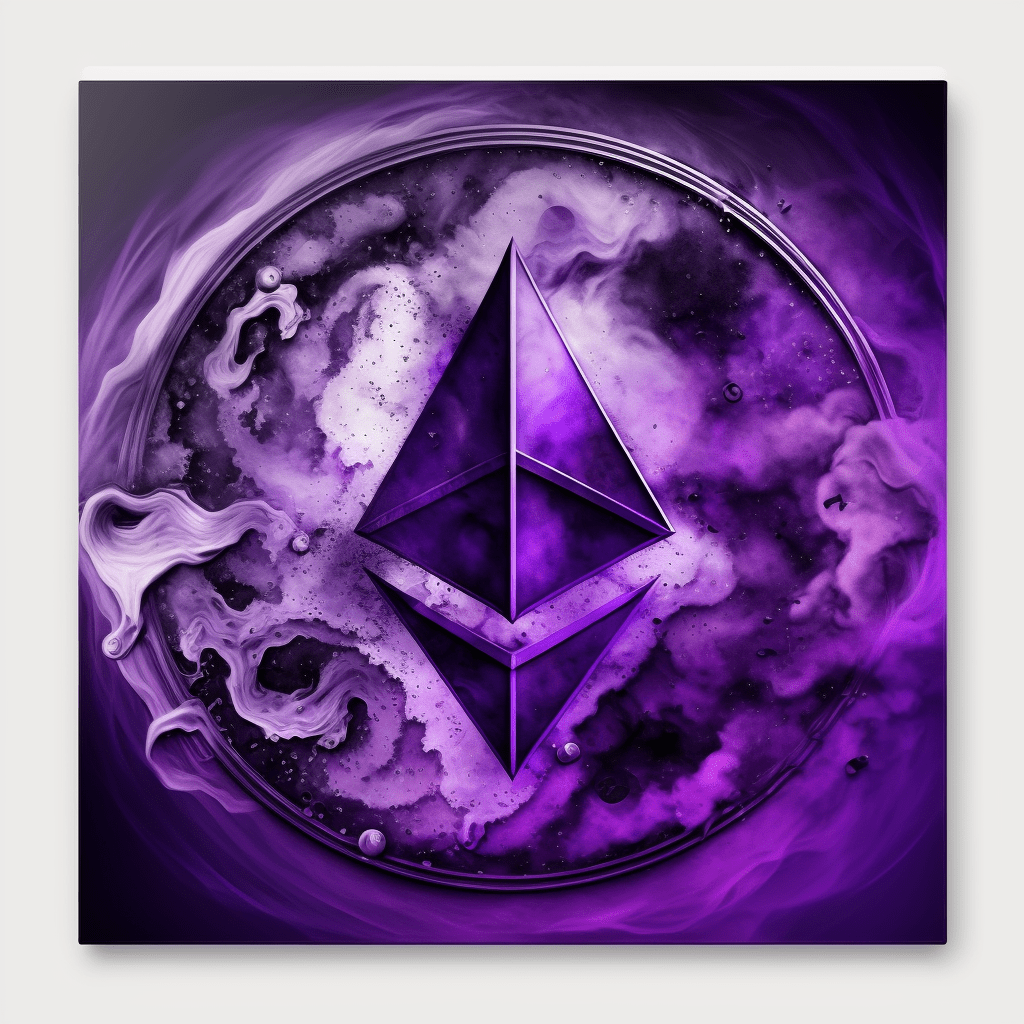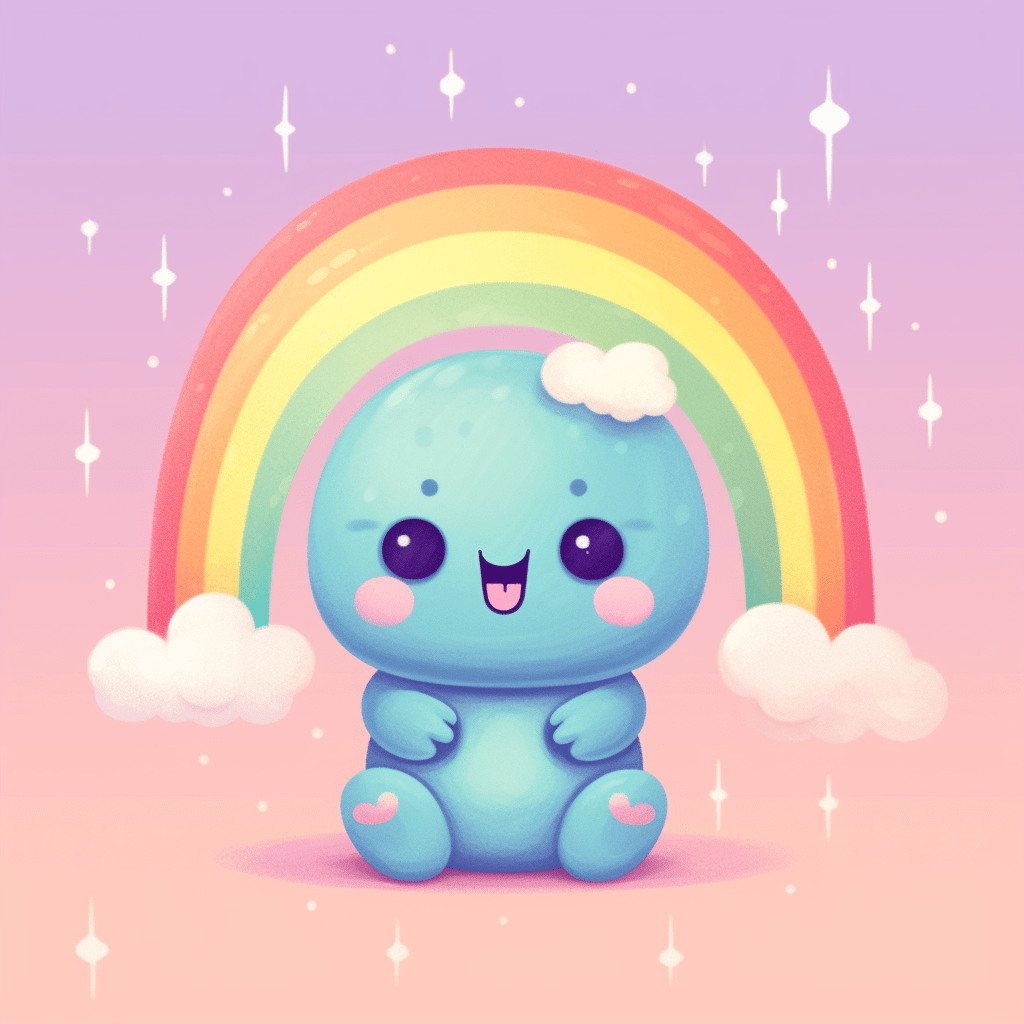In the world of digital assets, Non-Fungible Tokens (NFTs) have emerged as an exciting avenue for artists, collectors, and investors alike. An NFT collection represents a unique opportunity to tokenize digital art, creating a distinctive blend of creativity and blockchain technology. However, you might be wondering: how much does it cost to create an NFT collection, especially if you’re working with a limited budget? This article explores the various factors and strategies to create a cost-effective NFT collection without compromising your vision.

Understand the Basic Costs
Creating an NFT collection involves several costs that can quickly add up if not properly managed. Here’s a broad breakdown of the potential expenses:
Creation Costs: If you’re an artist, you’ll have to factor in the time, resources, and any software or hardware costs associated with creating your artwork. If you’re hiring an artist, the creation costs will include their fees.
Minting Fees: Minting is the process of tokenizing your digital artwork on the blockchain, turning it into an NFT. This requires computational power, which incurs a cost known as a ‘gas fee’. Gas fees can vary dramatically based on network congestion and the complexity of the transaction.
Listing Fees: Some marketplaces charge a fee to list your NFTs for sale. These costs can vary widely based on the platform and the visibility options you choose.
Gas Fees: In addition to the gas fees for minting, you’ll also incur gas fees for any transactions involving your NFTs, such as transferring them to a buyer.
Choose the Right Blockchain

The choice of blockchain can significantly impact the overall cost of creating your NFT collection. Each blockchain has its own set of advantages, trade-offs, and associated costs.
Ethereum is the most popular and widely recognized blockchain for NFTs. It has a large and active marketplace, which can potentially attract more buyers. However, Ethereum’s gas fees are notoriously high, which could make it less suitable for creators on a budget.
Binance Smart Chain (BSC) and Polygon (MATIC) are alternatives that offer much lower transaction costs. However, they have smaller marketplaces, which might limit the visibility and potential buyers for your collection.
Flow and Tezos are other alternatives that have been gaining popularity. They offer lower fees and are built with a focus on user experience and environmental sustainability.
Strategize Your Collection
To create a cost-effective NFT collection, strategic planning is essential. This includes deciding on the size of your collection, the rarity of the NFTs, and the pricing strategy.
Size of Collection: A larger collection can potentially bring in more revenue but also involves higher creation and minting costs. You’ll need to find a balance that works for your budget.
Rarity: Including rare or unique pieces in your collection can make it more appealing and allow you to price those pieces higher. However, creating these unique pieces might involve more time and resources.
Pricing Strategy: It’s essential to price your NFTs appropriately. Overpricing might deter potential buyers, while underpricing could leave you at a loss. Conducting market research and understanding the pricing trends in your niche can help you set appropriate prices.
Leveraging Low-Cost Platforms
There are several platforms that allow you to create and sell NFTs with minimal fees. OpenSea, for instance, allows you to mint directly on their platform, and they cover the gas fees. However, they take a commission on any sales you make. Mintable and Rarible are other platforms that offer gasless minting options.
These platforms also offer ‘lazy minting’ or ‘lazy minting’, where the NFTs aren’t actually minted until they’re sold. This can help reduce upfront costs, but it’s worth noting that this method isn’t as widely recognized or respected in the NFT community as traditional minting.
Community Engagement

Community engagement is a critical aspect of a successful NFT collection. A strong community can add value to your collection and help you sell your NFTs at higher prices. Building and maintaining a community involves time and effort but doesn’t necessarily require a significant financial investment.
Engage with your audience through social media, host virtual events or AMAs (Ask Me Anything), and consider creating a Discord server for your collectors. These actions not only build hype around your collection but also foster a sense of belonging among your collectors, which can increase the perceived value of your NFTs.
Final Thoughts
Creating a cost-effective NFT collection on a budget requires careful planning and strategic decision-making. It involves understanding the costs associated with the creation, minting, and selling of NFTs, choosing the right blockchain and platform, strategizing your collection, and engaging with your community. While there are costs involved, with the right approach, it’s possible to create a successful NFT collection without breaking the bank.
Meta-description: This comprehensive guide reveals how to create a cost-effective NFT collection on a budget, exploring creation and minting costs, blockchain choices, strategic planning, and community engagement.
